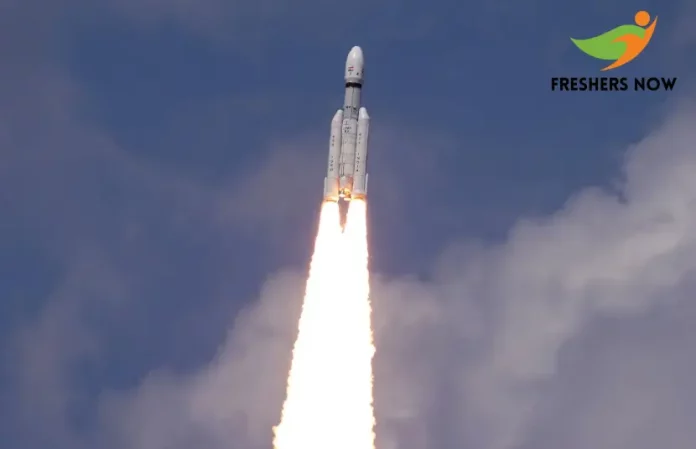
ISRO Achieves Milestones in Semi-Cryogenic Engine Development: In a groundbreaking endeavor, the Indian Space Research Organization (ISRO) is spearheading the semi-cryogenic engine development of a semi-cryogenic propulsion system. This innovative system, led by the Liquid Propulsion Systems Centre (LPSC) in collaboration with other esteemed launch vehicle centers, is set to redefine the capabilities of Launch Vehicle Mark-3 (LVM3) and pave the way for future advancements in space exploration.
Unveiling the 2,000 kN Thrust Engine
Central to this endeavor is the semi-cryogenic engine development of a powerful 2,000 kN thrust semi-cryogenic engine. Unlike conventional propulsion systems, this engine harnesses the potential of a unique combination of liquid oxygen (LOX) and kerosene, promising heightened efficiency and enhanced payload capacity.
Milestone Achievement: Ignition of the Semi-Cryo Pre-Burner
A monumental leap in ISRO‘s semi-cryogenic engine development journey was achieved with the successful ignition of the semi-cryo pre-burner. This critical milestone, accomplished through rigorous testing at the Isro Propulsion Complex (IPRC) in Mahendragiri, marks a significant step towards realizing the full potential of this pioneering propulsion system.
Decoding the Ignition Process
The ignition process of the semi-cryogenic engine development hinges upon the utilization of a specialized start fuel ampule. Crafted using a combination of Triethyle Alumnide and Triethyle Boron, this innovative fuel composition, developed by the Vikram Sarabhai Space Centre (VSSC), represents a paradigm shift in ISRO’s propulsion technology.
Roadmap to Success: Engine Development and Testing
With the successful ignition of the pre-burner accomplished, ISRO now sets its sights on the semi-cryogenic engine development and testing of the engine powerhead test article and the fully integrated engine. Furthermore, concerted efforts are underway for the realization of a semi-cryo stage boasting a remarkable 120 tons of propellant loading, underscoring the agency’s relentless pursuit of excellence in space propulsion technology.
Advancing Towards Enhanced Payload Capability
ISRO’s pursuit of a 2,000 kN thrust semi-cryogenic engine powered by a LOX-Kerosene propellant combination symbolizes a bold stride towards augmenting the payload capability of Launch Vehicle Mark-3 (LVM3) and charting new frontiers in space exploration. With the Liquid Propulsion Systems Centre (LPSC) leading the charge, supported by the collective expertise of other esteemed launch vehicle centers, the journey towards achieving unparalleled efficiency and performance in space propulsion enters an exciting new phase.
Conclusion
As ISRO continues to push the boundaries of innovation and technological prowess, the semi-cryogenic engine development of a semi-cryogenic propulsion system stands as a testament to India’s unwavering commitment to space exploration. With each milestone achieved and every challenge surmounted, ISRO reaffirms its position at the forefront of global space endeavors, inspiring generations and illuminating the path toward a future defined by boundless possibilities in the cosmos.
Stay updated with the latest current affairs and insightful blog posts by following FreshersNow. Don’t miss out on future content that keeps you informed and engaged!
| You Can Also Check | |
| Current Affairs | |



